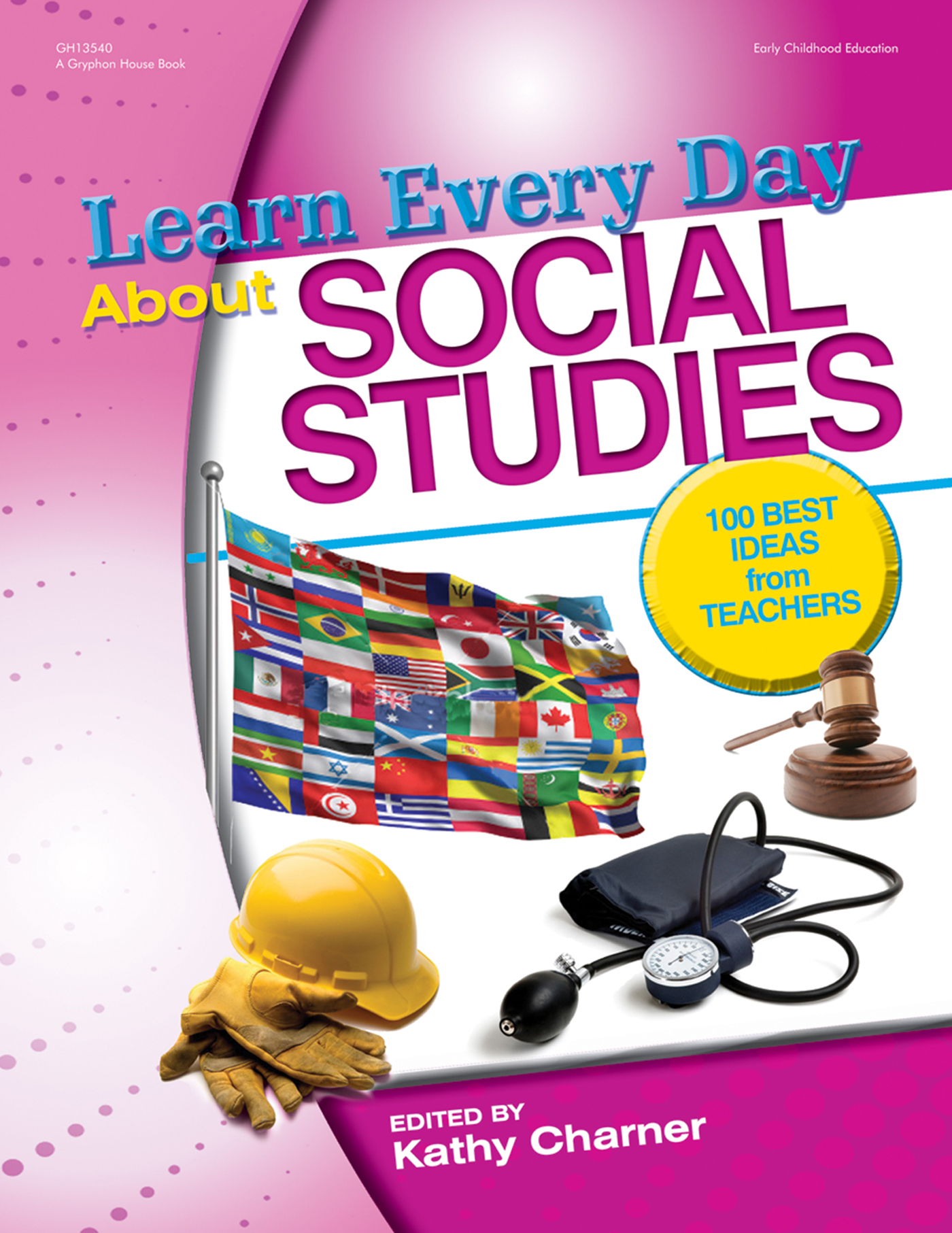Materials
books about cities
(see the
Children's Books
list for
suggestions)
2 pieces of
construction
paper per
student
crayons, markers,art supplies
glue sticks
child-safe scissors
stapler (adult use only)
images of places and things that
are specific to the local town or city, including a map
Instructions
Make price tags and attach them to the grocery items.
What To Do
1. Talk with the children about trips they have taken to local grocery and
convenience stores. Ask the children what they did while they were
there, and what they left the store with. Talk about how these stores
provide food, groceries, and other necessary items.
2. Display one of the priced grocery items. Read the number on the price
tag and explain how this indicates how much the item costs. Explain
that a nickel is the same as five pennies, and a dime equals 10 pennies.
3. Give each of the children some coins and invite them to shop and
"buy" some items. Show the children how to check the price tags,
challenging them to identify the numerals on the tags, and then count
out enough coins to pay.
4. Select a few children to be cashiers, and help them count out change
for the children who make the purchases.
Teacher - to - Teacher Tip
l Using real coins provides a more realistic sense of how to use money.
Assessment
To assess the children's learning, consider the following:
l Can the children recognize the names of coins?
l Can the children recognize the sign for cents?
l Can the children recognize the numerals from zero to nine?
